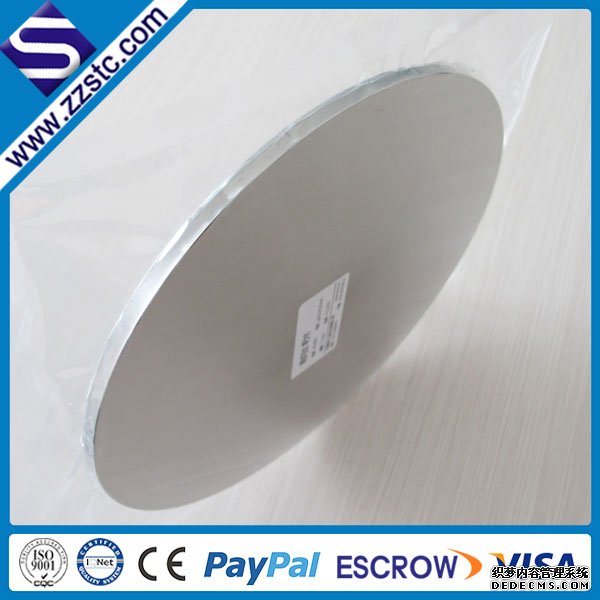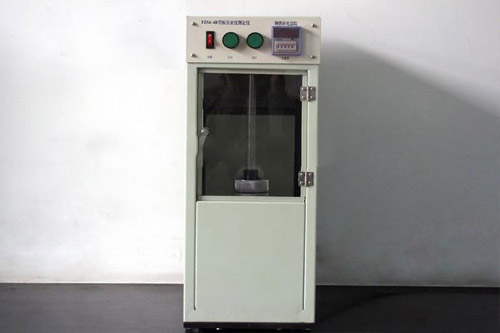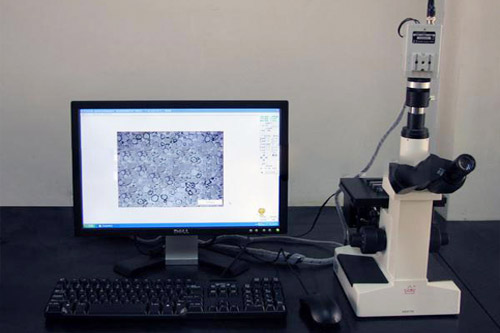The origin of high quality tungsten particles
Speaking the origin of tungsten sheet, tungsten particle is also called tungsten flux which is making tungsten processed into small particles, size of 20-40 mesh, the purity is very high, reaching more than 99.95%, so it is called pure tungsten flux, the main application of molybdenum sheet is as the flux of high frequency infrared carbon sulfur analyzer in combustion, and it has good flux effect, result of the analysis is very stable.
The appearance is polyhedral particles. Tungsten flux is widely used, it not only as a fluxing agent is applied to the analysis of carbon and sulfur. High purity tungsten particle flux is also essential in the analysis of infrared carbon and sulfur in the reagent.
Tungsten is the most difficult melting metal, and the melting point is3380 ℃. The reason why tungsten can as an additive is that tungsten is easily oxidized. Tungsten started to oxidation and release a lot of heat when the oxygen appeared at 650℃, and it has the characteristics of high heat value, fast reaction speed.
Tungsten trioxide is acidic oxide, the volume is loose, the generation is conducive to the release of CO2 and SO2, and it can't form a capping layer to cover the sample. Tungsten trioxide will have a significant sublimation at over 900 ℃. Due to the escape of WO3, the diffusion velocity of carbon and sulfur will be increased, and the samples of carbon and sulfur will be fully oxidized. Volatile tungsten trioxide from the molten pool, in 700 ~ 800 ℃ is solid phase, covering the remaining Fe2O3 in the pipeline ,blocking the adsorption of pipeline to sulfur.
The blank value of tungsten is very low, and can be used for the determination of low carbon and sulfur. Generally, tungsten and tin as additives should combine together. The main role of tin is fluxing, reducing the effect of the insufficient fluxing action of tungsten. The tungsten particle is mainly used for the analysis of infrared carbon sulfur oxides fluxing combustion, and it helps to reduce the melting point of combustion products and promote the release of carbon and sulfur. In the production of tungsten products, contact alloy, high proportion alloy, hard alloy, alloy additives etc. Tungsten carbide alloy processed into particles are usually used for wear resistance and abrasive industry.

The appearance is polyhedral particles. Tungsten flux is widely used, it not only as a fluxing agent is applied to the analysis of carbon and sulfur. High purity tungsten particle flux is also essential in the analysis of infrared carbon and sulfur in the reagent.
Tungsten is the most difficult melting metal, and the melting point is3380 ℃. The reason why tungsten can as an additive is that tungsten is easily oxidized. Tungsten started to oxidation and release a lot of heat when the oxygen appeared at 650℃, and it has the characteristics of high heat value, fast reaction speed.
Tungsten trioxide is acidic oxide, the volume is loose, the generation is conducive to the release of CO2 and SO2, and it can't form a capping layer to cover the sample. Tungsten trioxide will have a significant sublimation at over 900 ℃. Due to the escape of WO3, the diffusion velocity of carbon and sulfur will be increased, and the samples of carbon and sulfur will be fully oxidized. Volatile tungsten trioxide from the molten pool, in 700 ~ 800 ℃ is solid phase, covering the remaining Fe2O3 in the pipeline ,blocking the adsorption of pipeline to sulfur.
The blank value of tungsten is very low, and can be used for the determination of low carbon and sulfur. Generally, tungsten and tin as additives should combine together. The main role of tin is fluxing, reducing the effect of the insufficient fluxing action of tungsten. The tungsten particle is mainly used for the analysis of infrared carbon sulfur oxides fluxing combustion, and it helps to reduce the melting point of combustion products and promote the release of carbon and sulfur. In the production of tungsten products, contact alloy, high proportion alloy, hard alloy, alloy additives etc. Tungsten carbide alloy processed into particles are usually used for wear resistance and abrasive industry.











